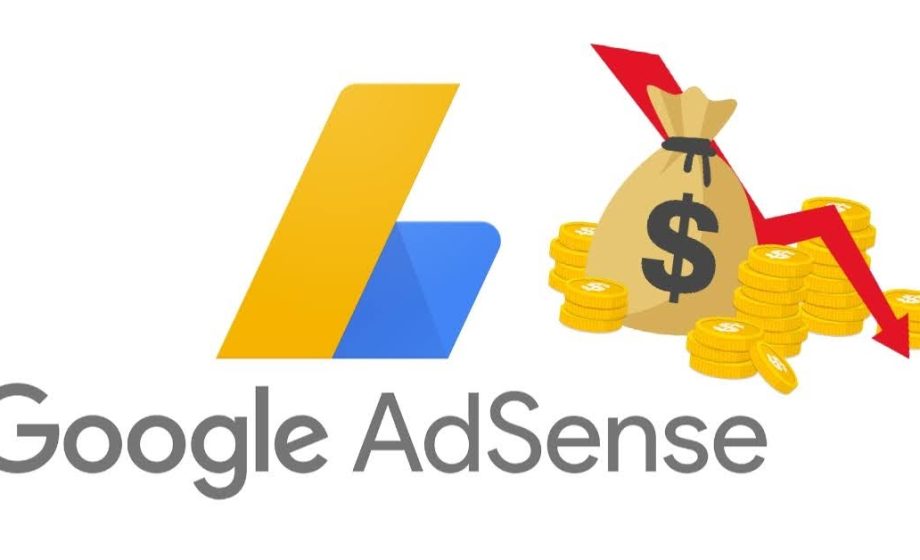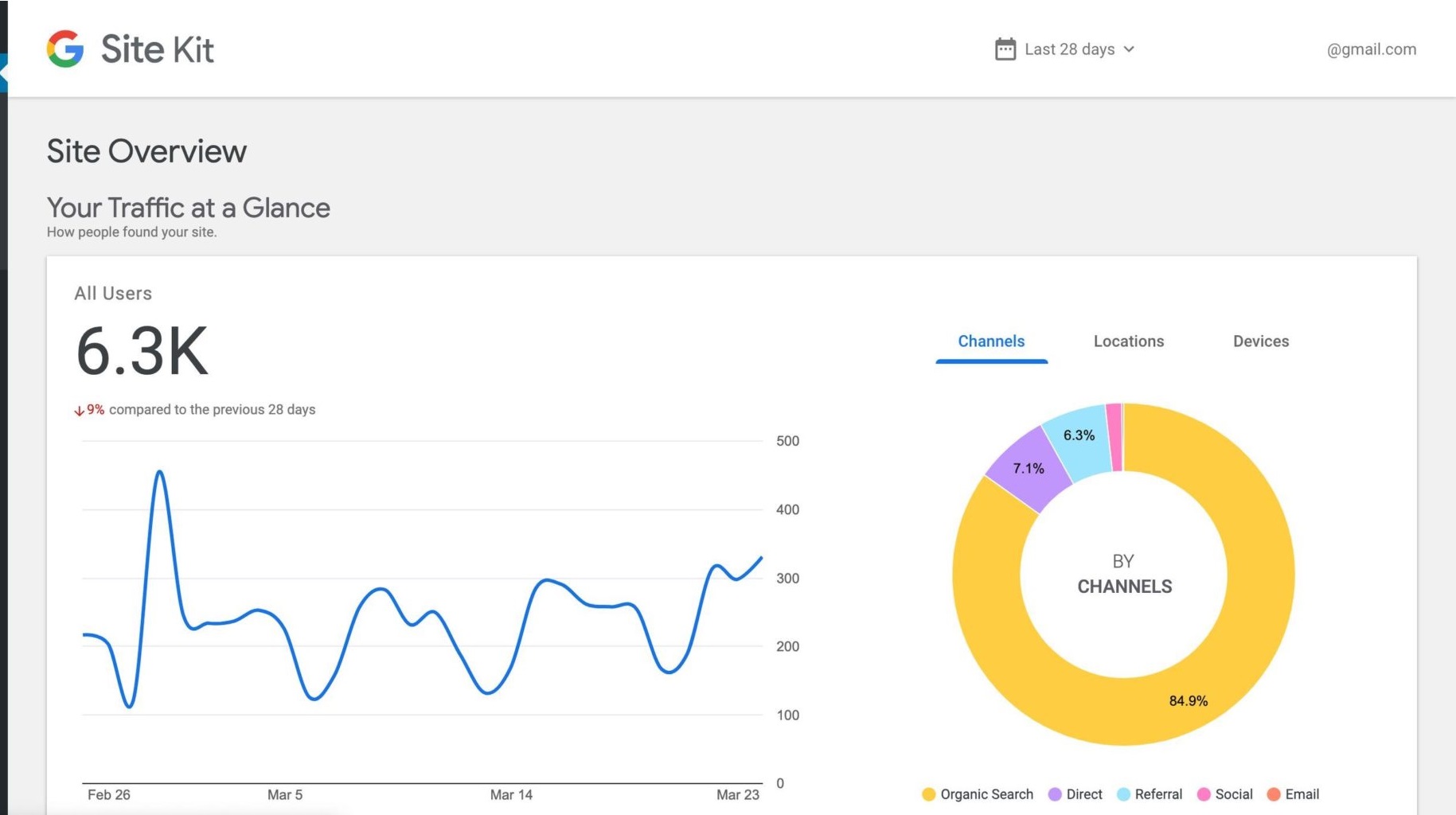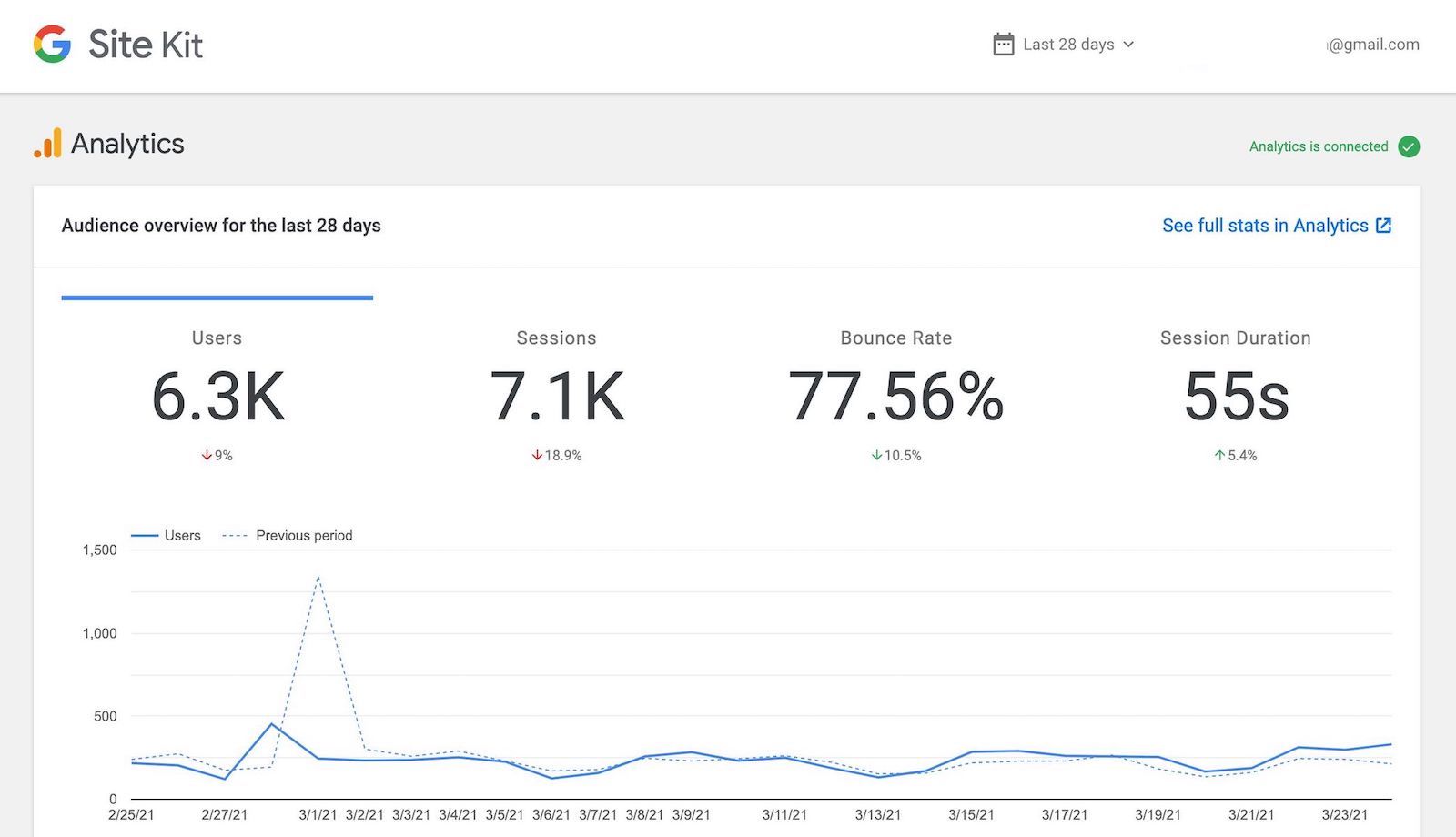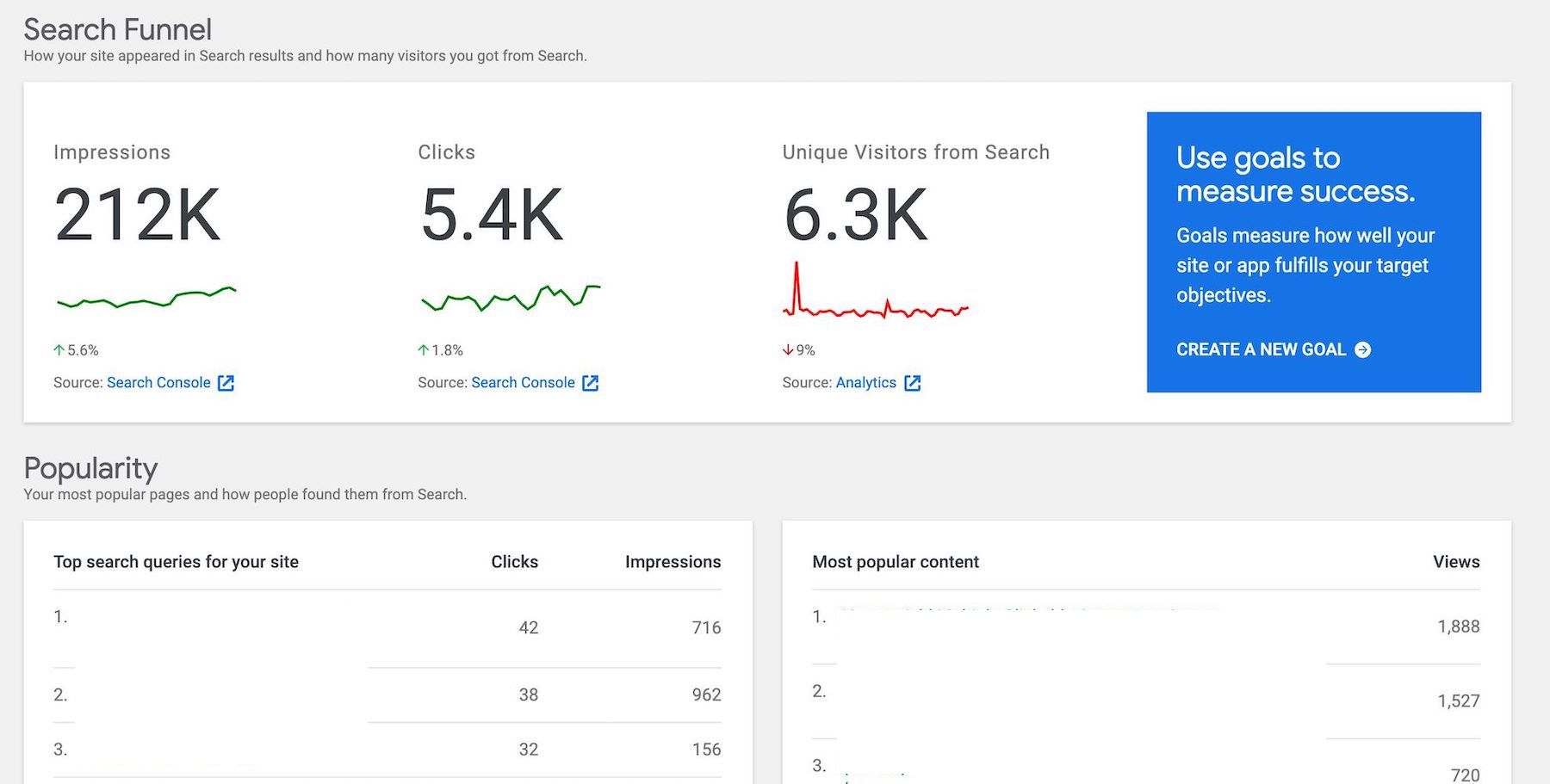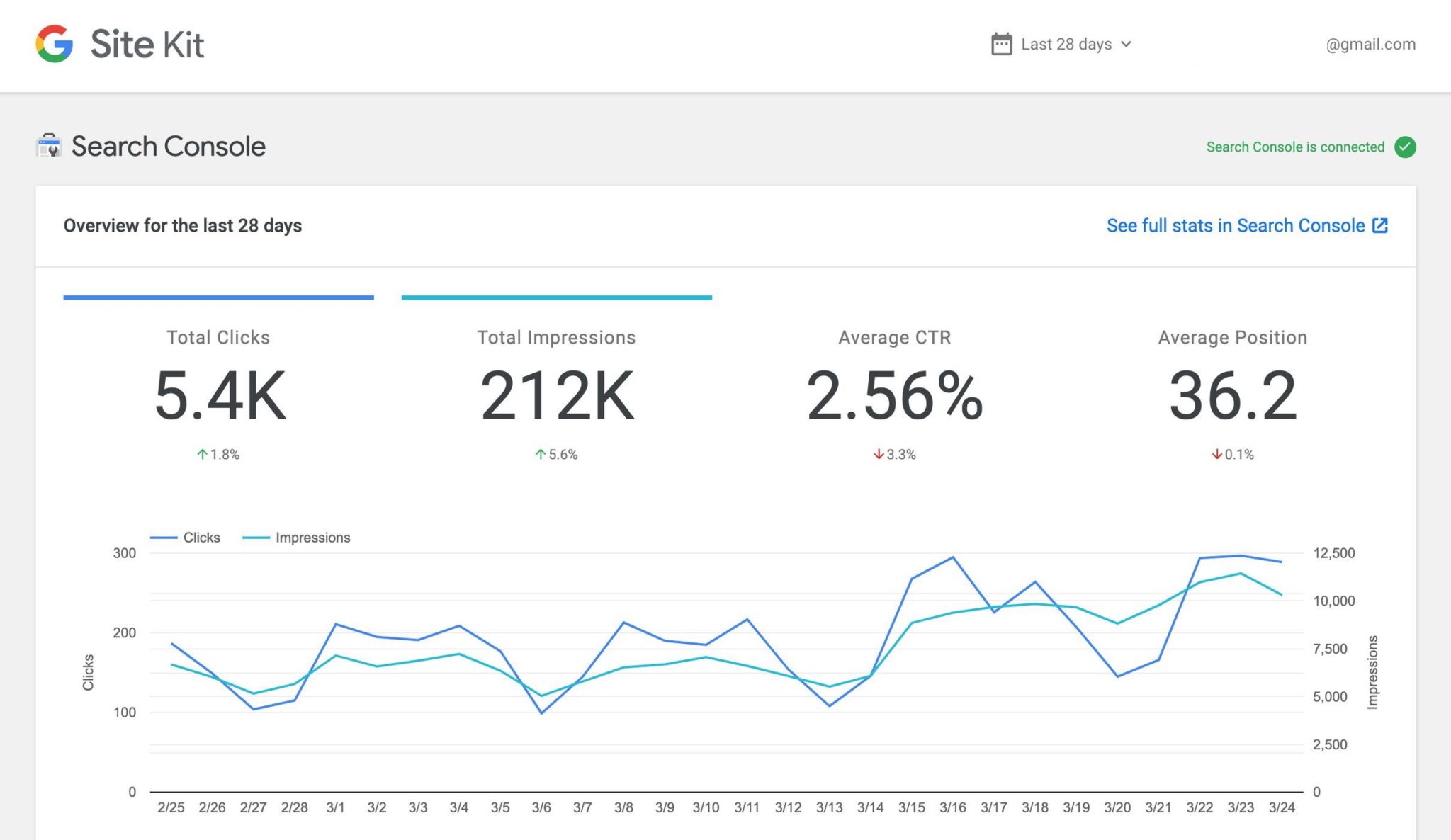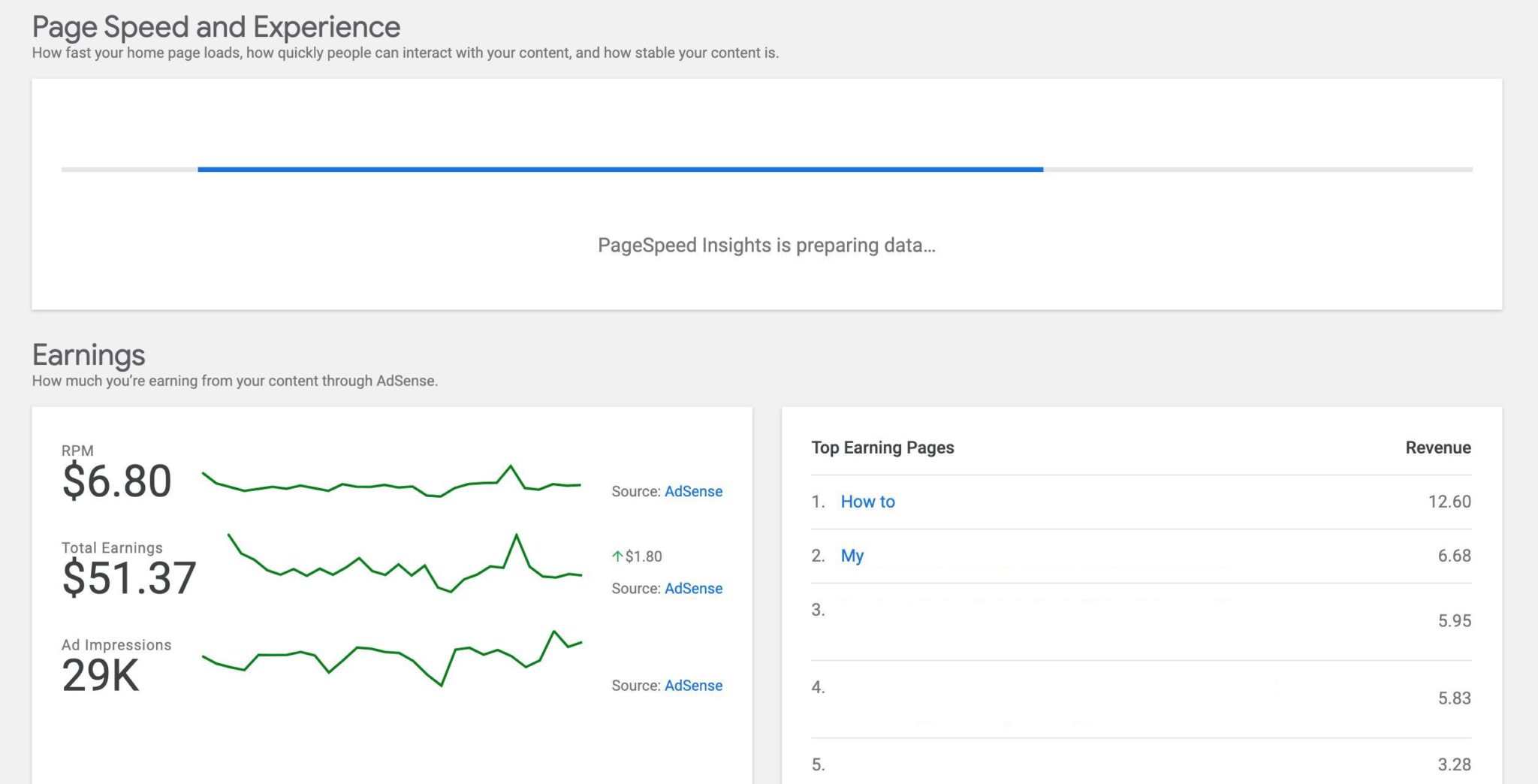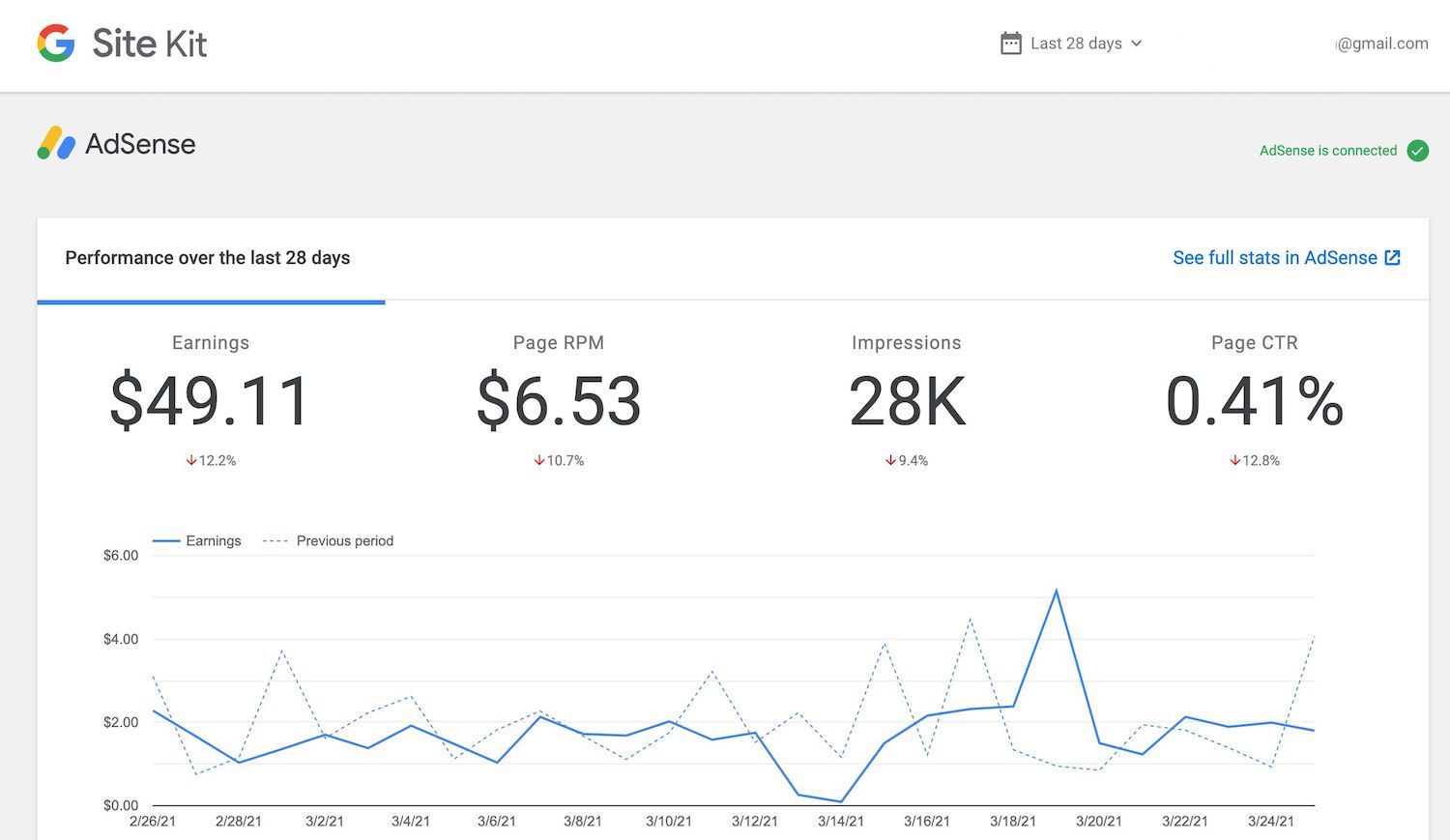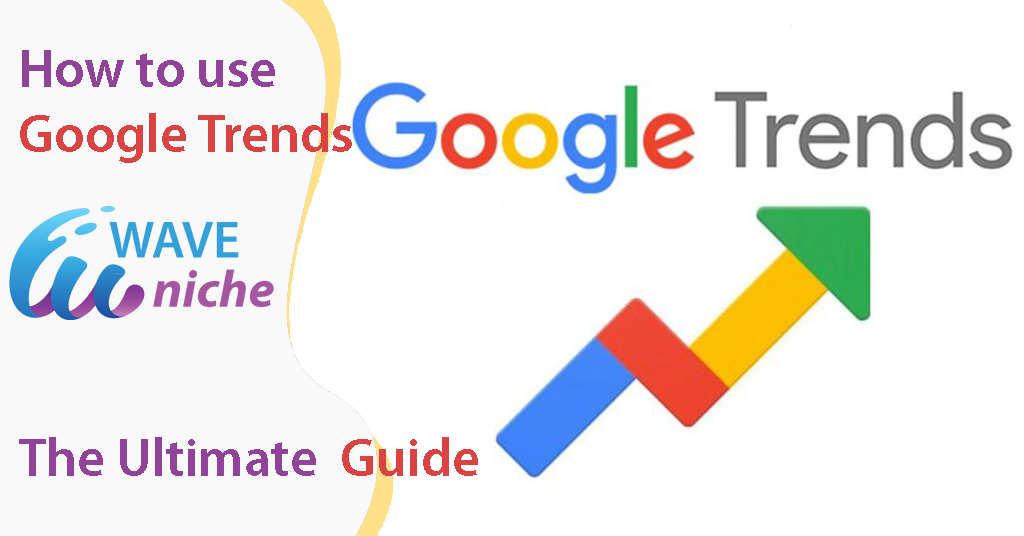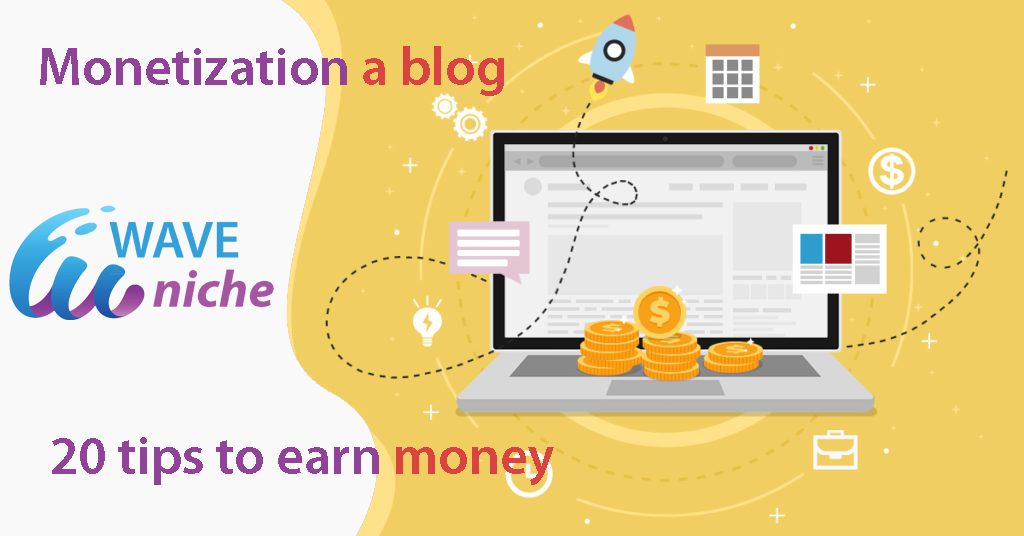In the ever-evolving landscape of digital content creation, website owners and bloggers continually seek innovative ways to monetize their platforms. One of the most popular and effective methods is integrating Google AdSense with WordPress. As we step into 2024, it’s crucial to stay abreast of the latest trends and best practices to maximize revenue while providing a seamless user experience.
1. The Power Duo: Google AdSense and WordPress
A. Streamlining Revenue Generation
Google AdSense stands as a formidable monetization tool, offering website owners the ability to display targeted ads and earn revenue based on user interactions. When coupled with the versatility and user-friendly nature of WordPress, this dynamic duo creates a powerful synergy that can significantly boost income.
B. User-Friendly Integration
WordPress, renowned for its user-friendly interface, allows seamless integration of Google AdSense through plugins and manual code placement. In 2024, developers continue to refine these integrations, ensuring a hassle-free experience for website owners looking to monetize their content.
2. Optimizing Ad Placement for 2024
A. Responsive Design for Varied Devices
As the majority of internet users access content through mobile devices, optimizing ad placement for responsiveness is paramount. WordPress themes and Google AdSense have adapted to this trend, offering responsive ad units that dynamically adjust to different screen sizes, ensuring a consistent and visually appealing experience across devices.
B. Strategic Placement for Enhanced Visibility
Striking a balance between user experience and ad visibility is key. In 2024, website owners are focusing on strategic ad placements that complement their content without disrupting the user journey. Utilizing plugins that allow for easy ad insertion within content or placing ads near navigation bars are popular strategies for maximizing visibility without compromising user experience.
3. Leveraging Advanced Ad Formats
A. Interactive and Engaging Ad Units
In 2024, advertisers are increasingly investing in interactive ad formats to capture audience attention. WordPress developers are integrating support for these formats, ensuring that website owners can seamlessly incorporate engaging ad units within their content. From responsive display ads to interactive multimedia ads, the options for captivating audiences have expanded.
B. Native Ads for Seamless Integration
Native advertising has gained prominence due to its seamless integration with the surrounding content. WordPress themes and plugins are now designed to effortlessly incorporate native ad formats, fostering a more cohesive user experience. As website owners aim for a non-disruptive monetization strategy, native ads emerge as a preferred choice.
4. Enhanced Performance Monitoring and Analytics
A. Real-Time Analytics for Informed Decision-Making
The year 2024 brings advanced analytics capabilities, empowering website owners to make data-driven decisions. WordPress plugins tailored for Google AdSense integration provide real-time insights into ad performance, click-through rates, and revenue. Armed with this information, content creators can refine their strategies to optimize revenue streams.
B. A/B Testing for Continuous Improvement
To stay ahead in the competitive landscape, website owners are increasingly adopting A/B testing methodologies. Testing different ad formats, placements, and designs allows for continuous optimization based on user preferences and engagement metrics. WordPress plugins and tools that facilitate A/B testing in conjunction with Google AdSense are becoming indispensable for content creators.
5. Adapting to Privacy Regulations
A. Privacy-Focused Solutions
As privacy regulations become more stringent globally, website owners need to adapt their monetization strategies accordingly. In 2024, WordPress developers are prioritizing privacy-focused solutions that align with regulations such as GDPR and CCPA. Integration with Google AdSense is being approached with a heightened awareness of user data protection, ensuring compliance without sacrificing revenue potential.
B. User Consent Management
To navigate the complex landscape of user consent, WordPress websites are implementing user-friendly consent management tools. These tools seamlessly integrate with Google AdSense, allowing website owners to obtain user consent for personalized ads while maintaining transparency. Adapting to evolving privacy standards ensures a sustainable and ethical monetization approach.
6. Streamlining AdSense Integration with Google Site Kit
A. Simplifying the Integration Process
In 2024, one of the game-changing developments for WordPress users is the integration of Google AdSense with the Google Site Kit plugin. This plugin, developed by Google, acts as a centralized hub for various Google services, offering a streamlined approach to website management. Its compatibility with AdSense creates a seamless integration process, simplifying the steps for website owners to start monetizing their content.
B. Centralized Dashboard for Insights
The Google Site Kit plugin provides a centralized dashboard within the WordPress admin panel, offering website owners a comprehensive overview of their site’s performance, including AdSense analytics. This consolidated interface eliminates the need to navigate between different platforms, saving time and providing a holistic view of both content and monetization metrics.
C. AdSense Integration Without Code
For those who may not be well-versed in coding, the Google Site Kit plugin offers a code-free integration of AdSense. This feature is a game-changer for beginners or website owners who prefer a more straightforward approach. With just a few clicks, users can link their AdSense account to their WordPress site through the Google Site Kit dashboard, eliminating the need for manual code placement.
D. Performance Insights and Recommendations
One of the standout features of the Google Site Kit plugin is its ability to provide performance insights and actionable recommendations. Users can access detailed reports on AdSense revenue, click-through rates, and impressions directly within the WordPress dashboard. The plugin also offers recommendations for optimizing ad placements and improving overall performance, empowering website owners to make informed decisions.
7. User-Friendly Interface for Efficient Management
A. Intuitive Control Panel
The user-friendly interface of the Google Site Kit plugin ensures that managing AdSense within WordPress is an intuitive and straightforward process. The control panel provides easy navigation, making it accessible even for users with limited technical expertise. This accessibility is a significant advantage for small business owners and solo bloggers looking to efficiently manage their websites and monetization strategies.
B. Real-Time Updates and Notifications
Staying informed about AdSense performance is crucial for making timely adjustments to maximize revenue. The Google Site Kit plugin delivers real-time updates and notifications directly to the WordPress dashboard. This proactive approach enables website owners to respond promptly to changes in user behavior or emerging trends, ensuring that their monetization strategy remains agile and effective.
8. Future-Proofing Monetization Strategies
As the digital landscape continues to evolve, future-proofing monetization strategies is essential. The integration of Google AdSense with the Google Site Kit plugin positions website owners for long-term success. By providing a user-friendly interface, real-time insights, and actionable recommendations, this dynamic duo empowers content creators to adapt to emerging trends, algorithm changes, and user preferences, ensuring a resilient and sustainable monetization approach in 2024 and beyond.
As we step into 2024, the integration of Google AdSense with WordPress remains a potent strategy for content creators seeking to monetize their websites. The evolving landscape demands adaptability, and WordPress, along with its plugins and themes, continues to meet the challenges head-on. By focusing on strategic ad placements, leveraging advanced ad formats, monitoring performance analytics, and adapting to privacy regulations, website owners can build sustainable revenue streams while prioritizing the user experience. Embracing these trends and best practices positions content creators for success in the ever-changing world of online monetization.

